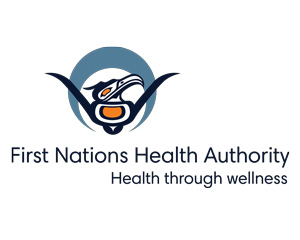Mixing Drugs and Alcohol increases the Risk of Overdose

By Colleen Salter, FNHA Addictions Specialist
Increasingly, we are seeing that alcohol has been involved in incidences of opioid overdose. We are also now seeing the presence of benzodiazepines (benzos) in people who have experienced opioid overdose. Alcohol, opioids, and benzos are depressants and can have serious impacts on the body when consumed at the same time.
In small amounts, alcohol and opioids lower inhibitions, decrease coordination, and make people feel dizzy and sleepy. In larger amounts, alcohol and opioids slow breathing and heart rate, increasing the risk of having a fatal overdose. Benzos further add to the depressive effects on the body.
Naloxone only works to inhibit the effects of opioids. It does not prevent overdose from other substances. Naloxone does not lessen the effects of benzos, alcohol or other substances on breathing or heart rate, for example. Using these substances together (or consuming them one after another during the same event) can be very dangerous.
When someone engages in a “cocktail" of drugs and alcohol, they increase their risk of overdosing – an overdose that naloxone alone likely cannot prevent. In this situation, people will need additional medical intervention to ensure they recover.
A few things to remember to stay safe:
• Never use alone. Having a buddy is safer, even during COVID-19. Try to stay two metres apart.
• Do not mix substances if at all possible
• Always carry naloxone and know how to use it. Learn more here.
• Start low and go slow
• Check your drugs if there is a site near you. Remember that your tolerance to drug and alcohol is lower in the days and weeks after a period of not using drugs or after an overdose event.
Learn more at www.fnha.ca/harmreduction.

